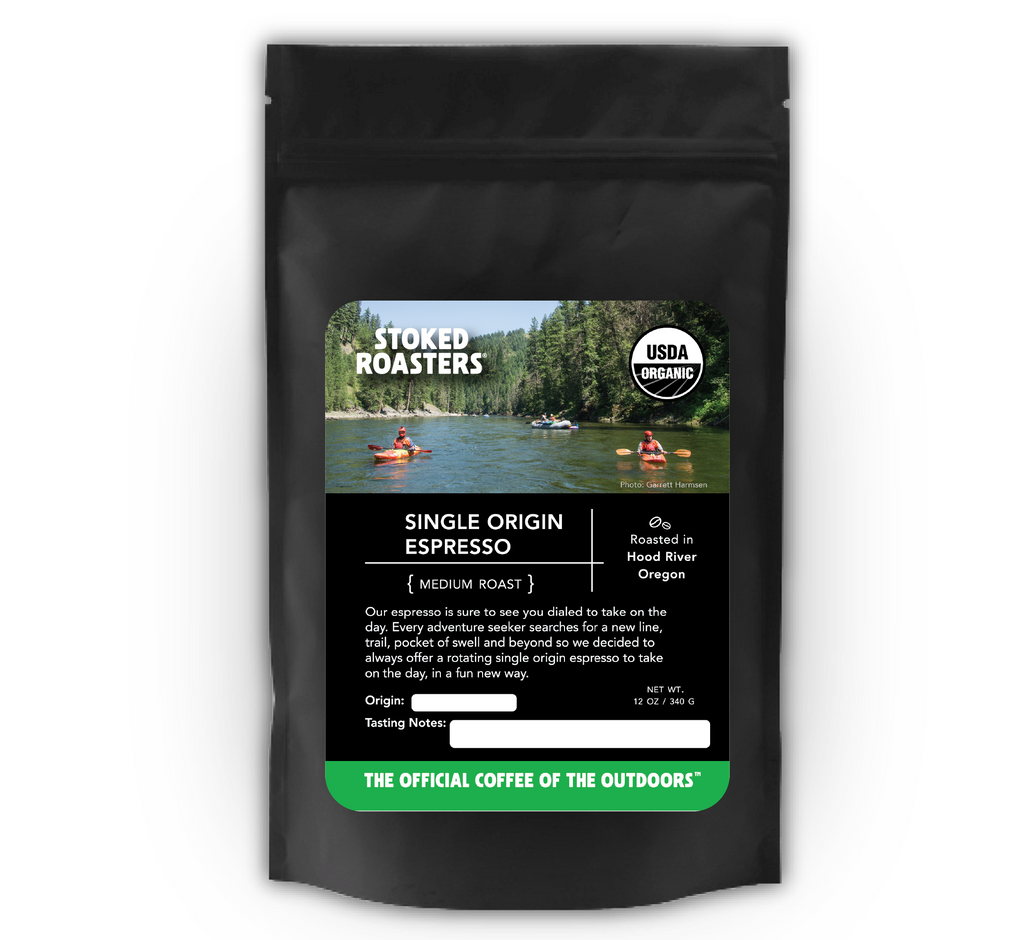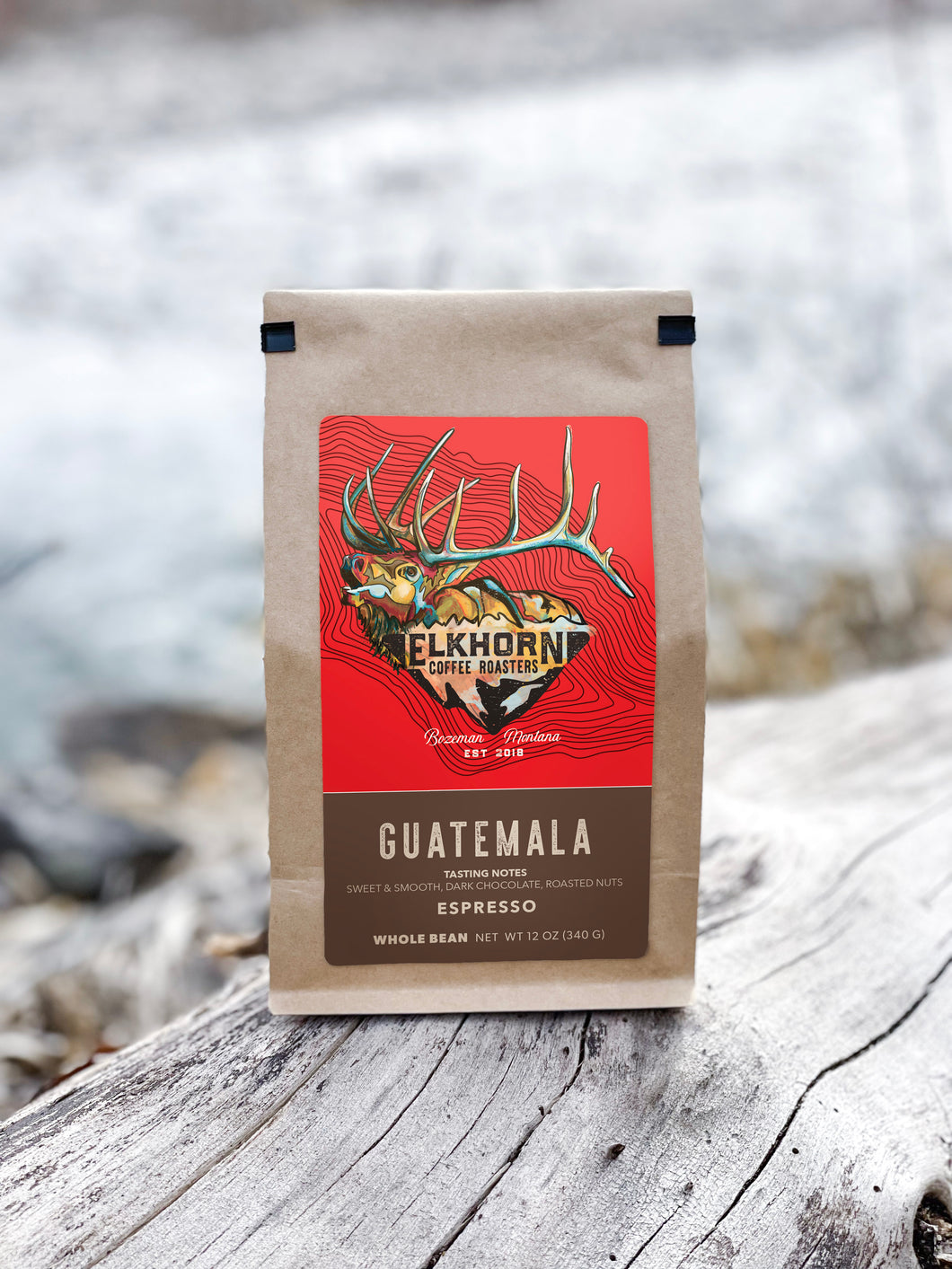Coffee Beans 101: Whatever You Need to Know Concerning Coffee and Blended Coffee Beans
When it involves coffee, recognizing the nuances of espresso and mixed beans can change your daily mug. You'll uncover the distinctive attributes of Arabica and Robusta beans, and just how each influences flavor and high levels of caffeine web content. From the growing process to toasting strategies, every step plays a role in your coffee experience. What makes the best brew? Let's discover the crucial aspects that add to a remarkable cup of coffee.
Comprehending Coffee Beans: Types and Ranges
When diving into the globe of coffee, comprehending the types and selections of coffee beans is crucial for every fanatic. Arabica beans are recognized for their smooth, complicated flavors and lower high levels of caffeine content, making them a preferred among coffee connoisseurs.
Ethiopian Yirgacheffe supplies intense flower notes, while Colombian beans supply a well-balanced flavor profile. By acquainting yourself with these beans and their flavors, you'll boost your coffee experience and make even more educated choices in your developing journey.
The Growing Process: From Seed to Bean
When you discover the trip of coffee, everything begins with seed choice strategies that establish the structure for top quality. From there, farming and harvesting play important duties in guaranteeing the beans flourish. Processing techniques transform those harvested cherries right into the coffee beans you enjoy.
Seed Option Strategies
Choosing the right seeds is important for generating top quality coffee beans, as it lays the structure for the entire growing procedure. You need to start by choosing seeds from reliable resources that prioritize high quality and hereditary variety. Look for varieties known to prosper in your certain climate and dirt conditions. Take notice of the seed's age and storage problems, as fresh seeds tend to sprout much better. When feasible, choose natural seeds to lessen exposure to harmful chemicals. Think about the disease resistance of various varieties, as this can considerably influence your return. Do not be reluctant to consult with regional farmers or experts to acquire insights right into the best seed options for your area. This expertise will improve your coffee-growing experience.
Cultivation and Harvesting
As you nurture your coffee seeds right into prospering plants, understanding the growing and harvesting procedure is crucial for accomplishing the most effective flavor and quality. Begin by growing your seeds in well-draining soil, preferably in a shaded location to safeguard them from straight sunshine. As your plants grow, maintain regular moisture, and be conscious of their demand for nutrients. Trim consistently to promote airflow and healthy growth.
Hand-picking is usually the finest method to ensure only the ripest cherries are picked. Timing is important; collecting as well late or too very early can affect the taste profile of your beans.

Handling Approaches Described
As soon as you've collected your coffee cherries, the following essential action is processing them to change those vibrant fruits right into the beans you'll brew. There are 2 major techniques: the damp process and the dry procedure. In the completely dry procedure, you spread out the cherries out in the sunlight to completely dry, allowing the fruit to ferment and impart unique tastes to the beans. On the other hand, the damp procedure includes removing the fruit promptly and fermenting the beans in water, leading to a cleaner taste. After processing, the beans are hulled, sorted, and typically dried out again. Each technique influences the flavor profile, so trying out with both can aid you uncover your favorite brew. Recognizing these techniques is crucial to appreciating your coffee experience.
Toasting Methods: Exactly How Taste Is Created
When it concerns roasting coffee beans, recognizing roast degrees is crucial to disclosing their one-of-a-kind flavors. Each roasting strategy impacts the scent and improves the flavor development procedure, providing you a richer coffee experience. Allow's explore just how these elements come with each other to boost your everyday mixture.
Roast Degrees Explained
Roast levels play a vital function in shaping the taste profile of your coffee. When you choose a light roast, you'll take pleasure in bright level of acidity and fruity notes. As you move to a tool roast, you'll observe a balance of sweet taste and intricacy, commonly highlighting delicious chocolate or sugar tastes. Dark roasts, on the various other hand, provide vibrant, smoky attributes with much less acidity, making them durable and rich. Each degree arises from different roasting times and temperatures, impacting the beans' chemical composition. By recognizing these levels, you can better pick a coffee that matches your taste preferences. Trying out various roasts to uncover which one reverberates with you, improving your total coffee experience and satisfaction.
Influence On Fragrance
The roast level not only affects the preference of your coffee yet also substantially impacts its aroma. Each toasting technique launches different volatile substances, forming how your coffee scents. Furthermore, the quality of the beans plays a vital function; freshly roasted coffee launches more fragrant oils, boosting that tempting fragrance.
Taste Advancement Process
As you check out the flavor development process, you'll find that roasting techniques play a critical role fit the preference profile of your coffee. The toasting temperature and time directly affect the acidity, sweet taste, and bitterness of the beans. Light roasts retain more of the bean's original tastes, highlighting flower and fruity notes. Tool roasts equilibrium level of acidity and body, offering a well-rounded taste. Dark roasts, on the other hand, draw out bold, smoky characteristics while decreasing the bean's fundamental qualities. Throughout roasting, chemical responses, like the Maillard response and caramelization, transform the beans and boost their complexity. Trying out different roasting levels can help you discover your ideal mixture, so do not think twice to taste and find the rich range of flavors!
Espresso vs. Blended Coffee: Key Distinctions
Espresso and blended coffee each offer distinct experiences that satisfy various tastes and preferences. Coffee is a focused coffee brewed forcibly warm water through finely-ground coffee beans, resulting in a rich, vibrant flavor and a creamy layer of crema on top. It's commonly taken pleasure in as a shot or made use of as a base for drinks like cappucinos and coffees.
On the various other hand, mixed coffee incorporates various beans from various regions, creating an extra well balanced flavor profile. You'll often discover blends that highlight sweetness, body, or level of acidity, making them versatile for different developing methods. While coffee concentrates on intensity, mixed coffee might supply a broader variety of flavors that can transform with each sip.
Ultimately, your option in between espresso and blended coffee boils down to your individual choice. Whether you long for a quick jolt or a leisurely cup, both choices have something delicious to supply.

Brewing Approaches: Unlocking the Perfect Mug
When it involves brewing coffee, locating the right method can change your experience and boost your mug. Each brewing strategy has its special appeal and can considerably affect your coffee's taste and aroma. Making use of a French press permits you to enjoy a robust and abundant brew, while a pour-over technique offers a clean, brilliant cup with distinct tastes.
If you like coffee, buying a top quality maker can assist you master the art of drawing shots. For benefit, a single-serve sheath system offers speed without giving up preference.
Do not ignore cool brew, Single Origin Espresso which delivers a smooth, much less acidic coffee ideal for warm days. Trying out different approaches to uncover what resonates with your palate. Each brewing method opens a new world of possibilities, so put in the time to explore and discover your ideal mug. Satisfied brewing!
Tasting Notes: Determining Flavor Profiles
Exactly how can you really value your coffee if you do not recognize what tastes to look for? Tasting notes are your overview to understanding the complex globe of coffee. Some coffees might leave a chocolatey or sugar aftertaste, while others may have a bright, tidy coating.
Think about the body of the coffee, as well; is it light and ventilated or thick and syrupy? Don't fail to remember level of acidity; a brilliant acidity can include spiritedness, while a reduced acidity might give a smoother experience. By identifying these flavor profiles, you'll grow your link with each mug, making coffee sampling a fascinating trip of exploration.

Tips for Choose and Storing Coffee Beans
Selecting and saving coffee beans effectively can considerably boost your developing experience. Begin by choosing high-quality beans that suit your preference. Search for quality; beans roasted within the last 2 weeks are optimal. Inspect the roast day on the product packaging, and buy from local stores or trusted roasters.
Once you have your beans, keep them in an airtight container to stop direct exposure to wetness, light, and air. A dark, cool location works best, so avoid keeping them in the refrigerator or freezer, as this can present wetness. Just grind the quantity you need to maintain freshness; whole beans retain flavor longer than pre-ground coffee.
Finally, attempt to utilize your beans within 2 to 4 weeks after opening up for peak preference. Following these ideas will certainly ensure your coffee stays satisfying and flavorful, raising your daily brew to brand-new heights.
Regularly Asked Inquiries
How Long Do Coffee Beans Keep Fresh After Toasting?
Coffee beans remain fresh for regarding two weeks after roasting - SOE. You ought to keep them in an impermeable container, away from light and dampness. Afterwards, their taste and fragrance begin to reduce considerably

Can I Mix Different Coffee Bean Varieties?
Absolutely, you can blend different coffee bean ranges! Try out blends can enhance flavors and produce a distinct preference profile. Just ensure to balance the strengths and qualities of each range for the very best outcomes.
What Is the Suitable Grind Dimension for Espresso?
For coffee, you'll desire a fine work dimension, regarding the appearance of table salt. This permits excellent extraction, causing an abundant, tasty shot. Experiment a little bit to locate what fits your taste best!
How Does Altitude Affect Coffee Bean Taste?
Altitude impacts coffee bean taste by influencing the development rate and chemical make-up. Higher elevations bring about slower growth, which improves level of acidity and intricacy, giving your coffee a vibrant and unique preference you won't neglect.
Are There Decaffeinated Variations of Espresso Beans?
Yes, there are decaffeinated versions of espresso beans. You can take pleasure in a rich espresso taste without the caffeine kick. Simply search for "decaf" blends at your local coffee shop or specialty store.
Coffee Beans 101: Whatever You Need to Know About Espresso and Blended Coffee Beans.
When diving right into the world of coffee, recognizing the types and ranges of coffee beans is crucial for every fanatic.When it comes to roasting coffee beans, understanding roast degrees is key to exposing their unique flavors. Coffee is a focused coffee made by compeling warm water through finely-ground coffee beans, resulting in an abundant, strong taste and a velvety layer of crema on top.On the other hand, mixed coffee combines numerous beans from different regions, developing an extra well balanced taste profile.
Comments on “A First-Time User’s Guide to Understanding SOE Single Origin Espresso”